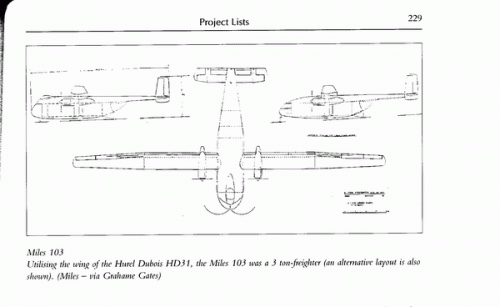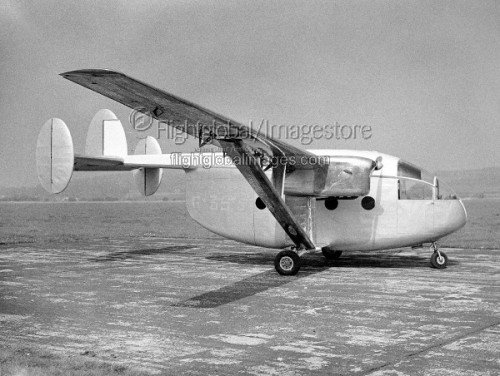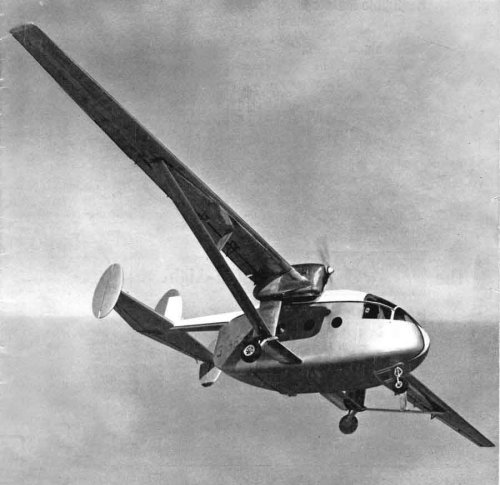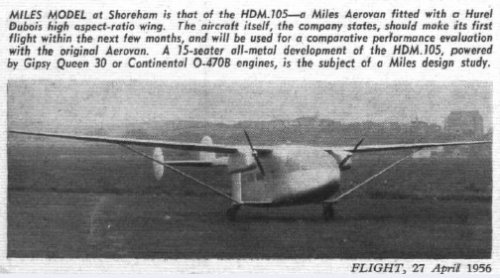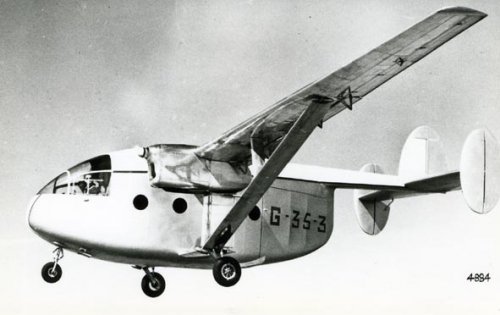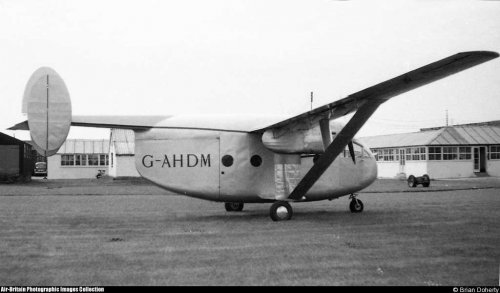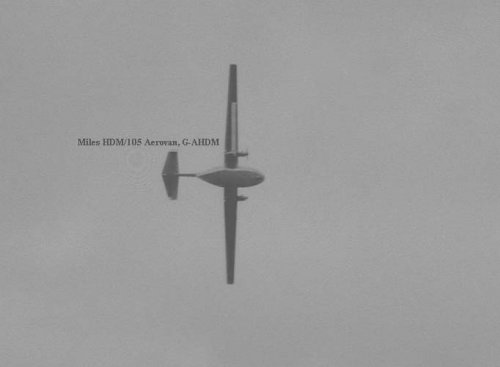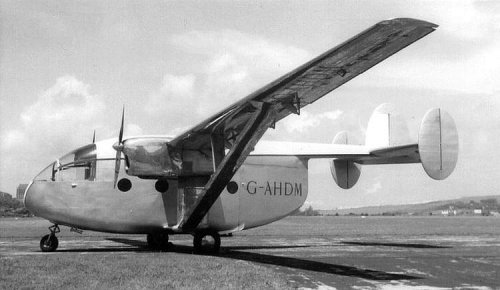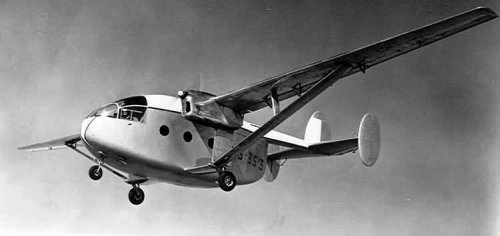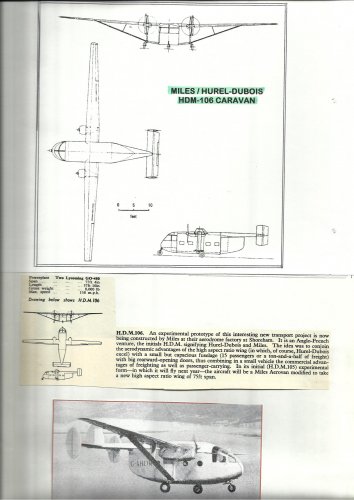J
joncarrfarrelly
Guest
The Shorts Skyvan has Hurel-Dubois roots.
in the mid-50s Miles worked with the French Hurel-Dubois company to create a new small transport using the H-D concept of high-aspect ratio wings for low cruising speed aircraft, the reduced drag of the wing design being beneficial.
The first project was the H.D.M 105 which was an H-D designed wing fitted to a standard Miles Aerovan fuselage:

The aircraft was lost during flight-testing but the results were considered good enough to proceed with a follow-on design, so after the formation of the H.D et M(Aviation) Ltd. joint company the H.D.M. 106 Caravan was designed.
The aircraft was never put into production either by Miles or Hurel-Dubois, but the design was sold to Shorts and was ultimately developed into the SC.7 Skyvan...the wing aspect ratio was reduced from 20.3 to 11.
Cheers, Jon
in the mid-50s Miles worked with the French Hurel-Dubois company to create a new small transport using the H-D concept of high-aspect ratio wings for low cruising speed aircraft, the reduced drag of the wing design being beneficial.
The first project was the H.D.M 105 which was an H-D designed wing fitted to a standard Miles Aerovan fuselage:
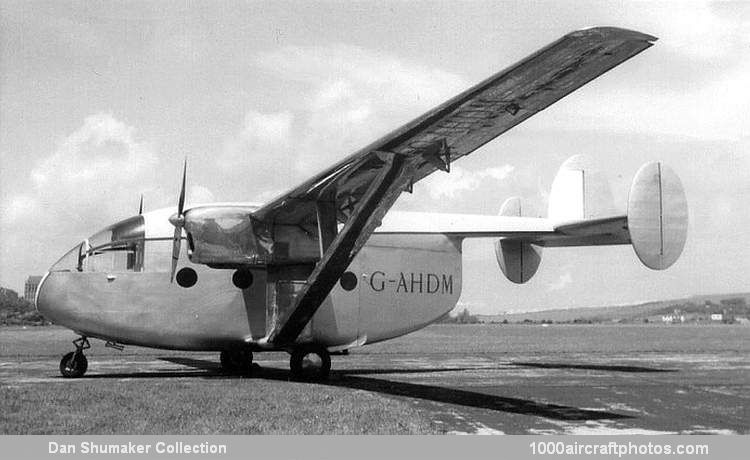
The aircraft was lost during flight-testing but the results were considered good enough to proceed with a follow-on design, so after the formation of the H.D et M(Aviation) Ltd. joint company the H.D.M. 106 Caravan was designed.
The aircraft was never put into production either by Miles or Hurel-Dubois, but the design was sold to Shorts and was ultimately developed into the SC.7 Skyvan...the wing aspect ratio was reduced from 20.3 to 11.
Cheers, Jon

